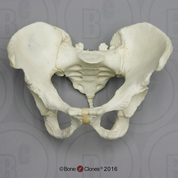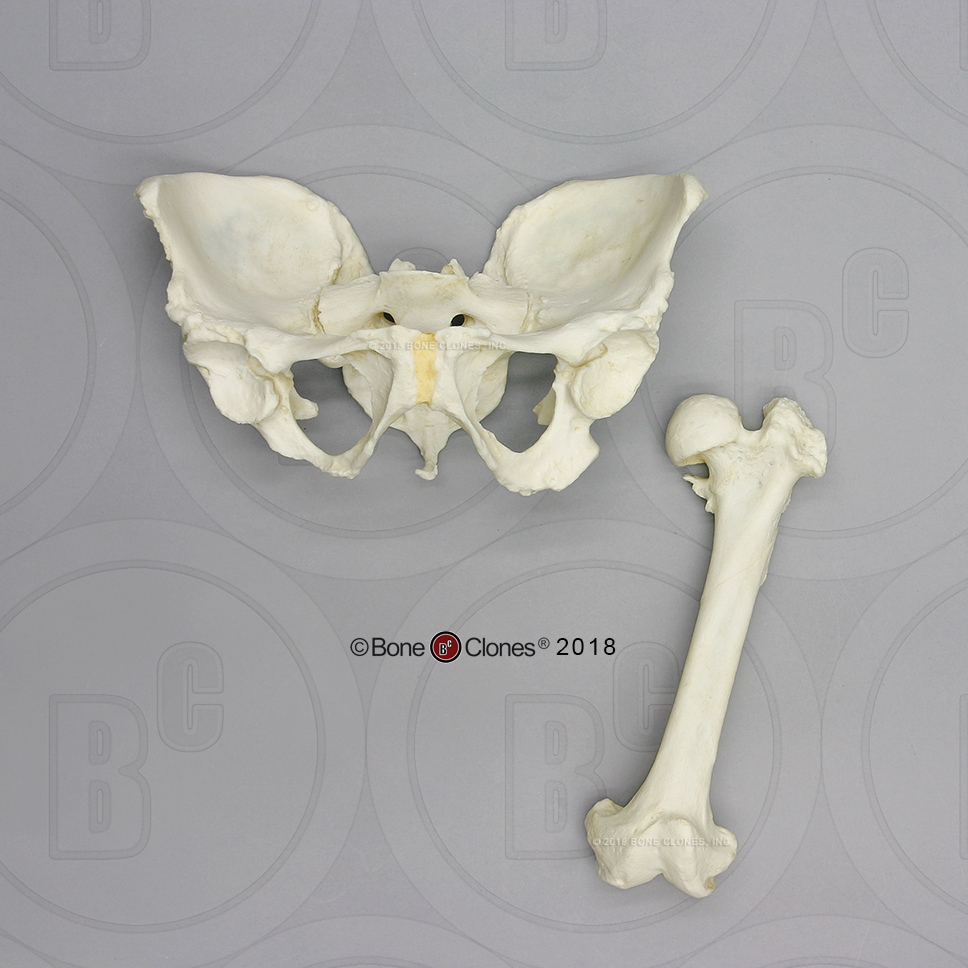leroy
Well-Known Member
You keep asking the same questions, when you are the one who is making the positive claim, you are the one who is suppose to answer to those questions.
I don’t know, what do you mean by new traint? I am assuming that each trait would require a different amount of mutations. But you are the Darwinist, you are the one who claims that new traits appear by random mutations , so you are the one who is supposed to answer
do you know the answer?
I don’t know how many traits, since I no idea what you mean by “trait” but if the difference between humans and chimps is 1% and 1% represents 30,000 sites that would imply that you need 30,000, 000 / 2 mutations, and if you are a selectionist, then the mayority of those mutations would have to be benefitial.
But once again, it all depends on your own personal view, are you a selectionist? Do you belive that most of the mutations that get fixed and dominant in a population are beneficial? it is hard to make any math, or any argument against your view if you don’t define your view.
Perhaps you are a selectionists, perhaps you are a neutralist, perhaps you belive that epigenetics played a mayor role in the “human line evolution”, perhaps you belive that a mechanism like natural genetic engeneering played a mayor role, I don’t know, you are the one who has to explain his view. All the comments that I have made on the topic are based on the assumption that you are a selectionist,
I made the assumption that you would argue that most fixed mutation would be benefitial,and made the math according to that assumtion, but if that assumption is wrong please let me know and explain your view..
But let me guess, you will not affirm nor reject selectionism, you will keep your world view vague and ambiguous, and try to answer with a semantic game, so that you can jump from one ´view to another every time you encounter hard questions or objections.
What a surprise, you didn’t answer…. What is wrong with Demskies method of design detection? Let me guess, you will not answer to this question.
1. How many fixed beneficial mutations does it take to get a new trait from an old one, and how do you know?
I don’t know, what do you mean by new traint? I am assuming that each trait would require a different amount of mutations. But you are the Darwinist, you are the one who claims that new traits appear by random mutations , so you are the one who is supposed to answer
do you know the answer?
2. How many traits had to be modified to get a human from a human-chimp ancestor?
I don’t know how many traits, since I no idea what you mean by “trait” but if the difference between humans and chimps is 1% and 1% represents 30,000 sites that would imply that you need 30,000, 000 / 2 mutations, and if you are a selectionist, then the mayority of those mutations would have to be benefitial.
But once again, it all depends on your own personal view, are you a selectionist? Do you belive that most of the mutations that get fixed and dominant in a population are beneficial? it is hard to make any math, or any argument against your view if you don’t define your view.
Perhaps you are a selectionists, perhaps you are a neutralist, perhaps you belive that epigenetics played a mayor role in the “human line evolution”, perhaps you belive that a mechanism like natural genetic engeneering played a mayor role, I don’t know, you are the one who has to explain his view. All the comments that I have made on the topic are based on the assumption that you are a selectionist,
I made the assumption that you would argue that most fixed mutation would be benefitial,and made the math according to that assumtion, but if that assumption is wrong please let me know and explain your view..
But let me guess, you will not affirm nor reject selectionism, you will keep your world view vague and ambiguous, and try to answer with a semantic game, so that you can jump from one ´view to another every time you encounter hard questions or objections.
Granted, I admit my mistake, but my question has not been answered, what was your point in presenting that article? What makes you think that I would disagree with any of the information in the article?HINT: Had nothing to do with bacteria
Yes -
Stop relying on stupid analogies.
Stop relying on Dembski the creationist.
Stop pretending.
What a surprise, you didn’t answer…. What is wrong with Demskies method of design detection? Let me guess, you will not answer to this question.



